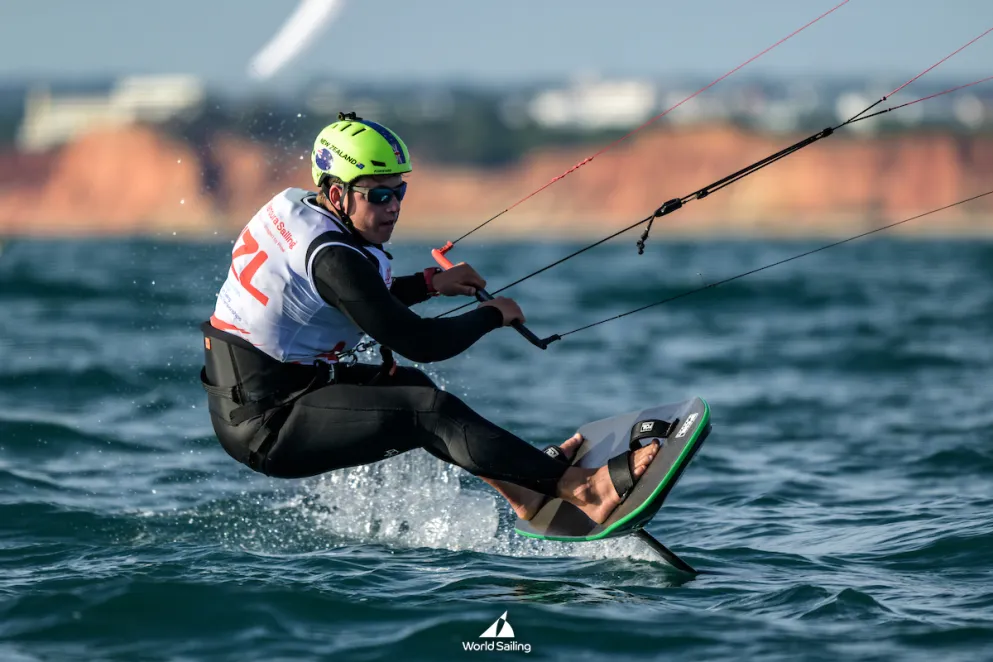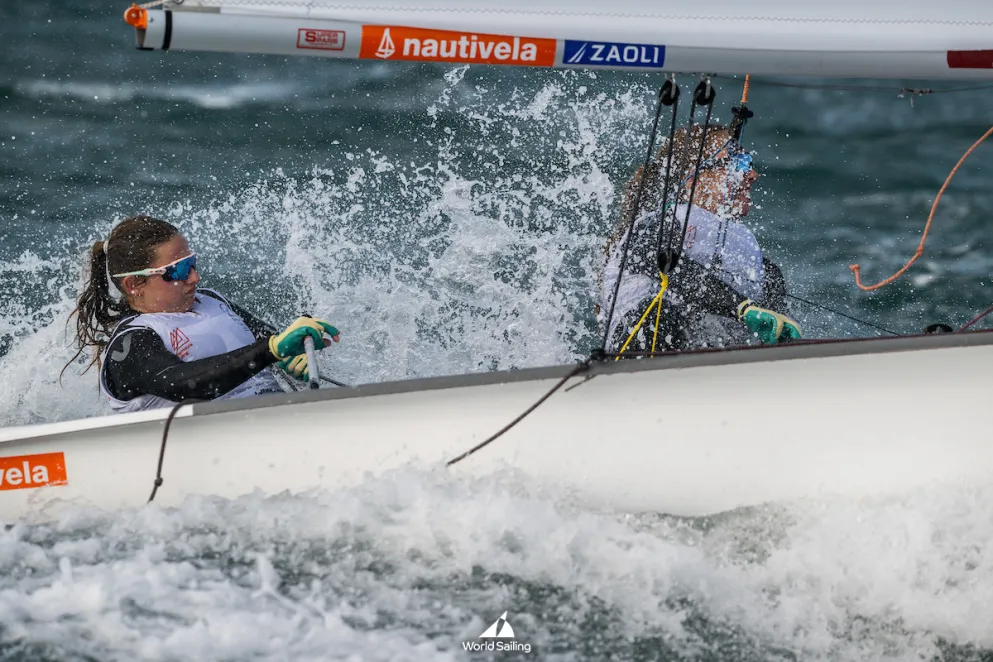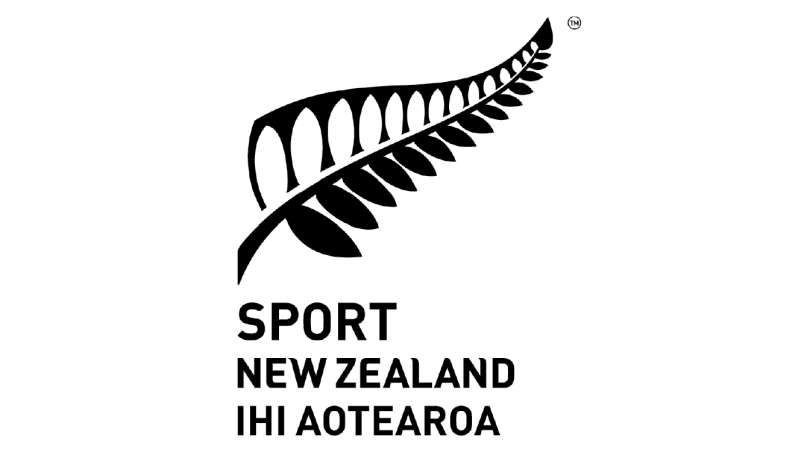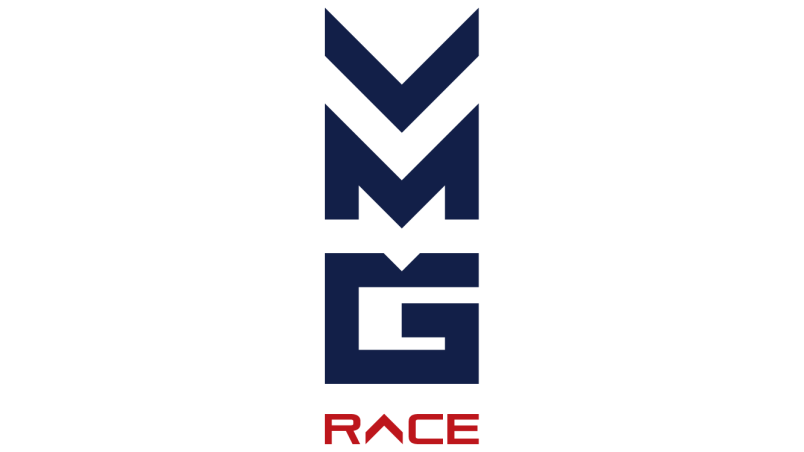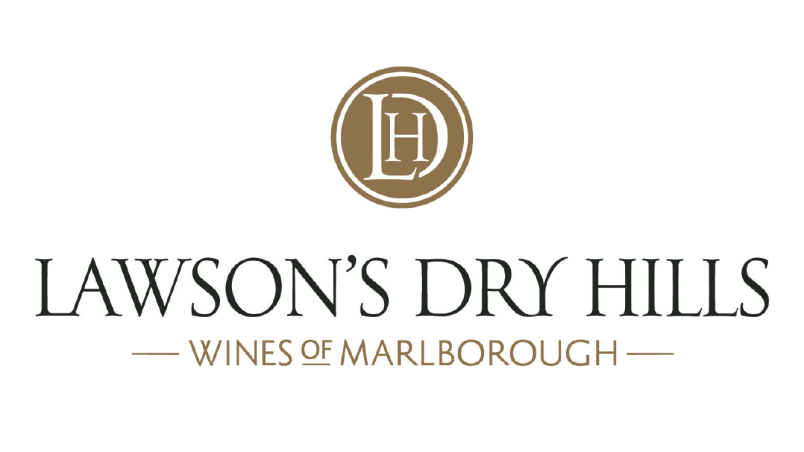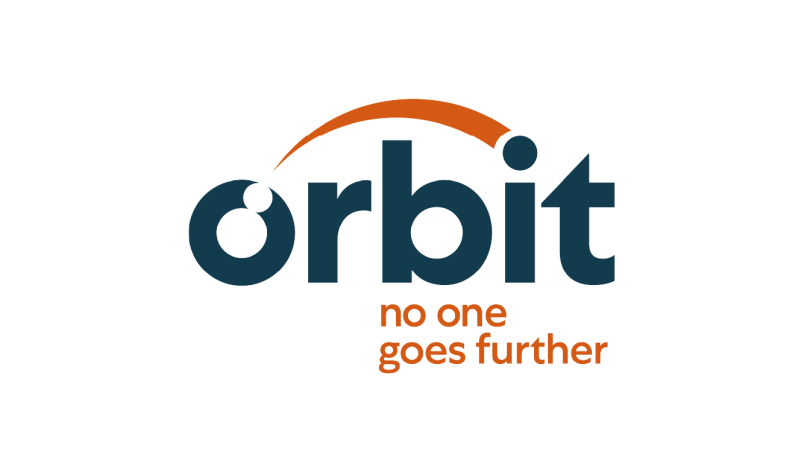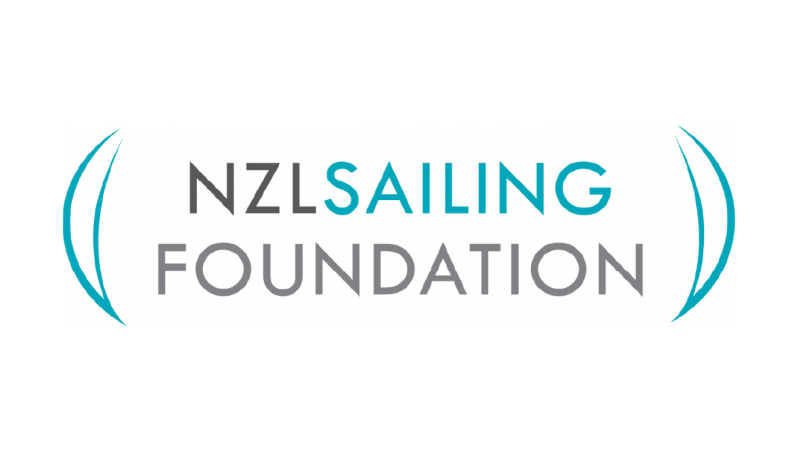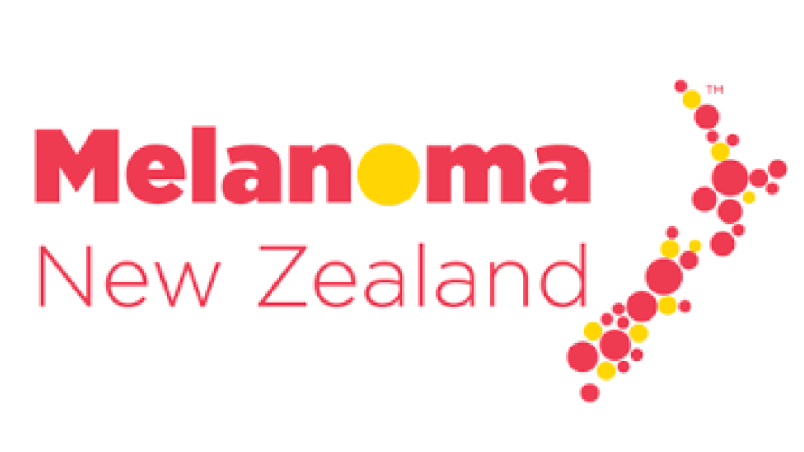Waikawa Boating Club's history complete
The Waikawa Boating Club's history from 1950 is now complete and plans are being made to publish it in book-form.
The final task is adding photos and if you have any that you would like included, email Tony.Fitzgerald@xtra.co.nz
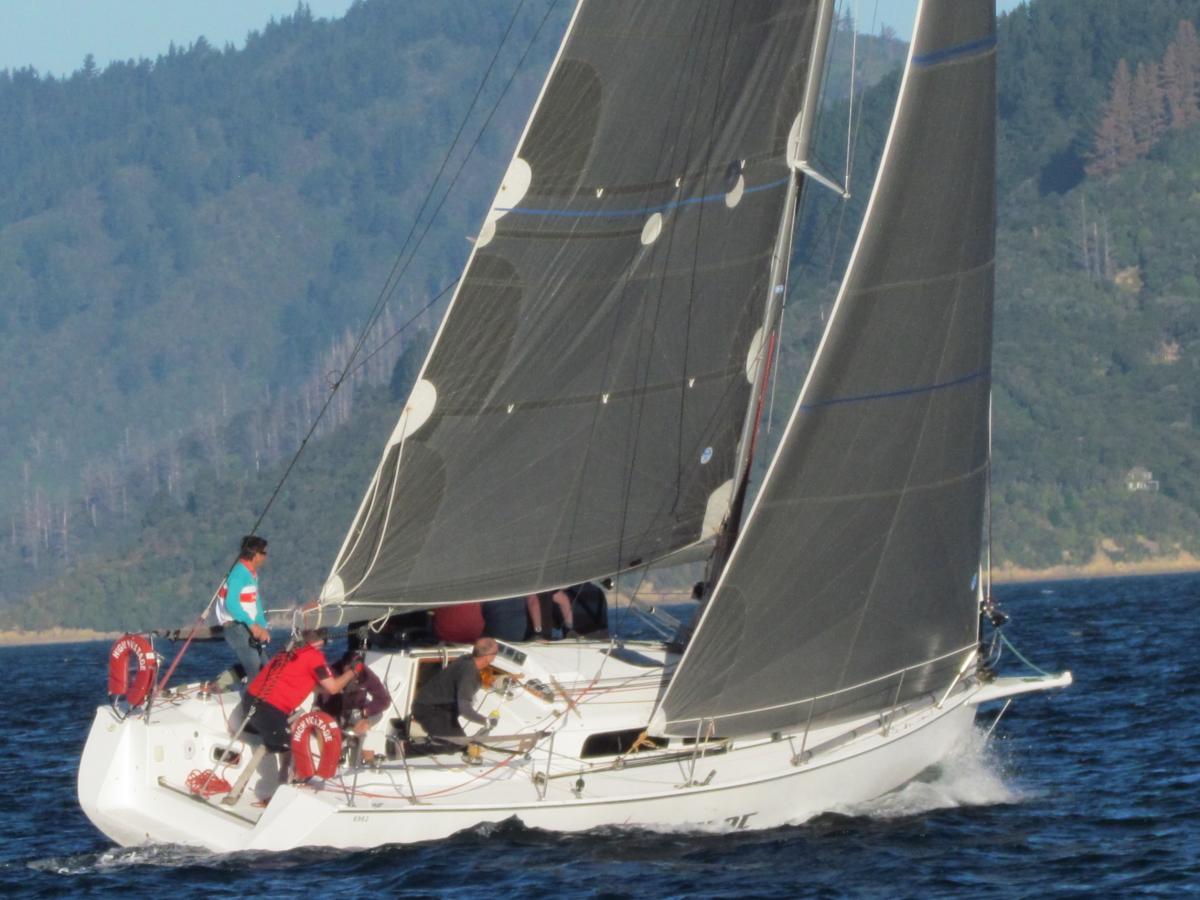
Chapter 8 - Boating clubs are the major stakeholder in any marina
FIRST BOATS ARRIVE
Among these were the eight members who had to relinquish their moorings at the Marina entrance in order that work could get under way. Allan Graham recollected the exhilaration of the moment: “The best thing I can remember about getting our first berth was the sense of relief to have a permanent home again after the years of delay and also the insecurity created by having a mooring that was in the way of proposed Marina development. Guess the down side was the feeling that with the Harbour Board now in full control, our boating would become more expensive but this is the price for convenience and progress.”
Wendy Steele worked for Marlborough Harbour Board from January 1977 until early 1991 and allocated every berth at Waikawa as she had already done at Havelock and Picton. She explained her role saying “I held the waiting lists left over from Picton and letters went out to boating Club members. Most advertising was by word of mouth and observation – ‘something going on here’. Lot of boats couldn’t get into Picton because they were too big or their masts were too tall for the Coathanger bridge. It was a very busy time with Havelock Marina going on at the same time.
At one stage, I became the Licencing Officer and held the lists. There was a knack involved putting a fat boat and skinny one in next to each other and they had to be 8m long. There was reduced manoeuvrability in the berth on the inside – we could put a smaller one in there but it all came back to the skill of the boaties.
Enquiries came in by mail and phone and forms were sent to the applicants. The first allocations were made in about 1980 and, when we sent out a notification that a berth had been allocated, a validity period of two weeks was set for it to be accepted.”
Bob Taylor, Board Engineer, in an interview with the Marlborough Express on Opening Day, said: “Bookings had been received from Wellington, Christchurch, Auckland and Nelson while many boaties planned to move their craft to the Marina from their existing facilities in Picton, Shakespeare Bay and Havelock.” Plus, of course, from moorings in the Bay. Wendy commenting on this saying “if they lived in the North Island, they would prefer Picton but in the South, Waikawa.”
As part of the promotional campaign to attract customers, the Board built a large scale model of the Marina and placed it on display at Picton ferry terminal. A photograph of this would be good to include but what became of it is unknown. “When our offices moved from corner of London St to where it is now, all the plans went there and that’s when the model measuring 1mx1m was made – it went here there and everywhere.”
Paula and Patrick Robinson’s story of how they came to take up their berth started in early-February 1983 after they first saw the model near the entrance to Picton Ferry Terminal. The Log-book of their cutter Christina explains how, as they were tied up there for a few days, they had further opportunities to look at it again and the decision was made.
“After a week of enjoyable cruising in the Sounds we were once again in Picton and walked the 40-min track to Waikawa. We looked at the Marina excavations but didn’t stop long because it was drizzling but the seed was sown and we asked for more information and an application form for a berth. With little hope that we would be able to make Christina’s home in Waikawa now that we were living in Dunedin rather than Wellington. To our surprise, sometime towards the end of 1983, our application was accepted and we were allocated a berth, E3/11. Now, on 21st February 1984 there was another early start for the crew of Christina as we called up Wellington Radio to give an ETA for Tory Channel.
We made our way across the Strait and motored into Waikawa. The next day, having bought the recommended locally-manufactured fenders and mooring lines, was spent attaching them and splicing mooring ropes etc. before the trip back to Dunedin.”
In his interview with the Marlborough Express, Bob Taylor said that the Board expected to complete an average of 100 berths annually until the maximum capacity was reached and added that he thought that demand was unlikely to exceed that rate of development. In the event, things moved forward more quickly and this was mentioned in the Club’s July 1984 newsletter and again in the 1985/6 Annual Report. This comment from Brian Carver confirmed it: “As soon as fingers were in place, the berths filled up straightaway, amazingly fast, day by day – don’t know where they all came from. The ends of jetties were set aside for visitors but only for a while because demand for permanent berths was so great.” Wendy said she bunched allocations up until 20-30 had been accumulated in order to achieve the most efficient matches of berths and boats.
There may well have been some empty berths for no simpler reason than this. Whilst they had been let, they had not been occupied immediately hence creating an impression in some minds that the take-up rate was a bit slow.
to be continued.......

